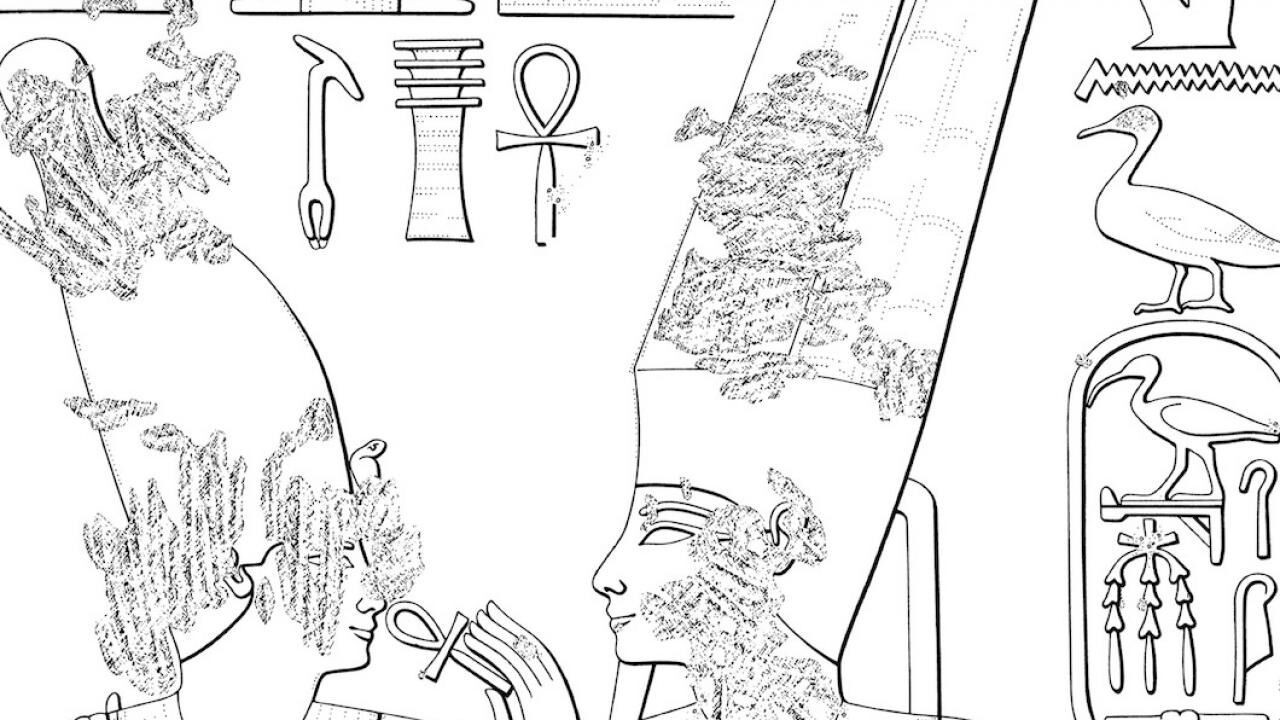
Ink-Line Weights, Sun-shadow Orientations, Translating Three-Dimensional Relief into Two-Dimensional Pencil/Ink Lines, Architectural Elements, Recut or Restored Figures and Inscriptions, Plaster, Additional Details
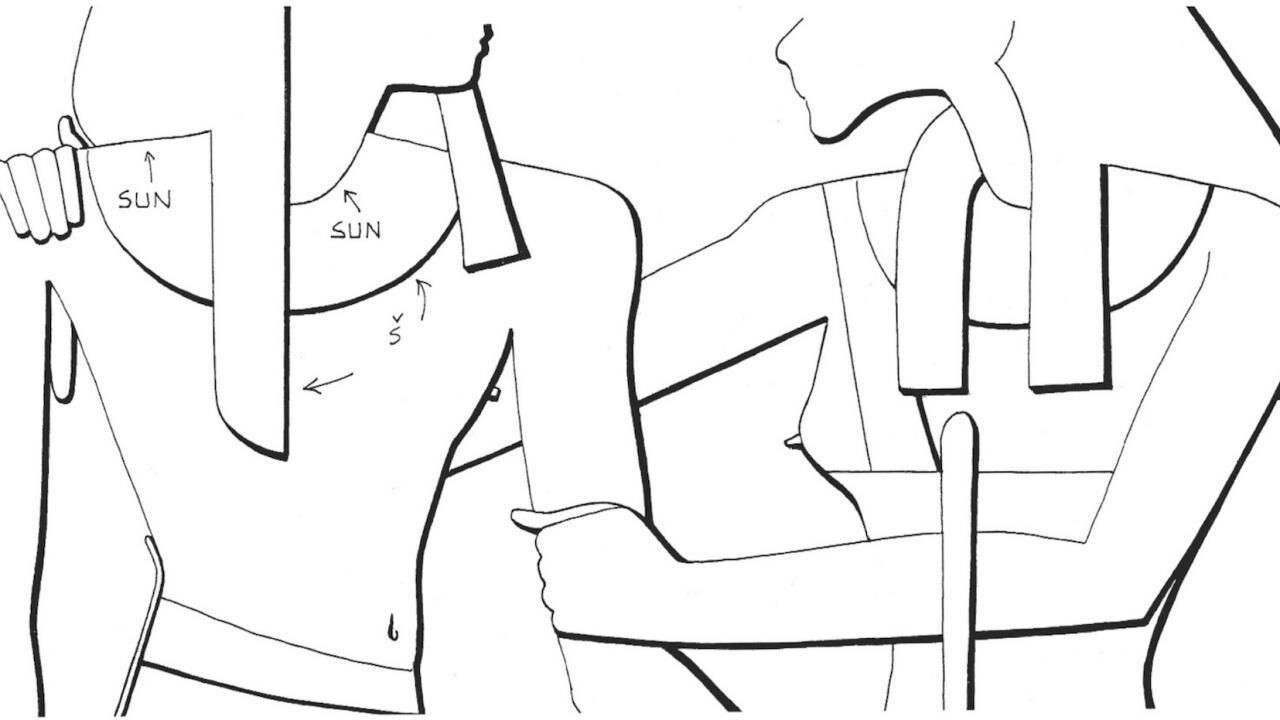
In Raised Relief the background stone is removed, leaving the carved hieroglyph or figure projecting above the surface of the wall on a shallow platform stone.
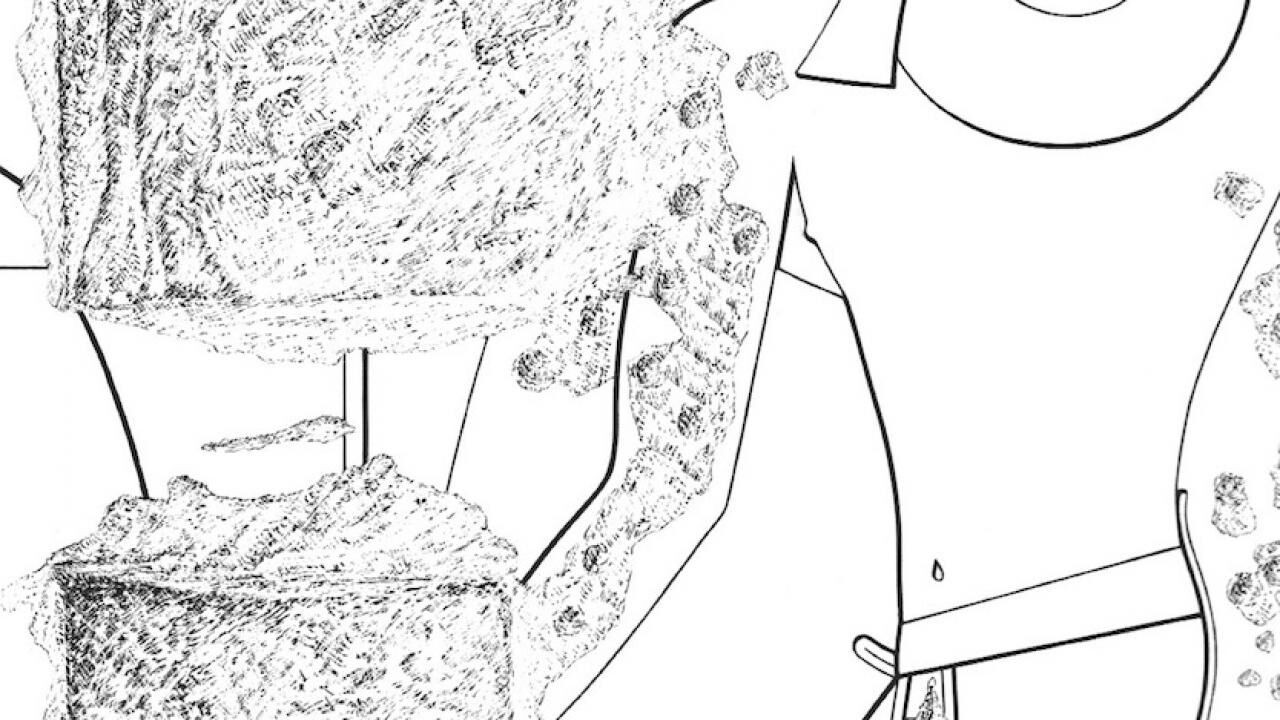
The carved reliefs and inscriptions which are the focus of the Epigraphic Survey documentation efforts are usually found in an architectural setting (except in the case of decorated block fragments) on interior and exterior walls, portals, columns, four-sided pillars, architraves, and sometimes ceilings.
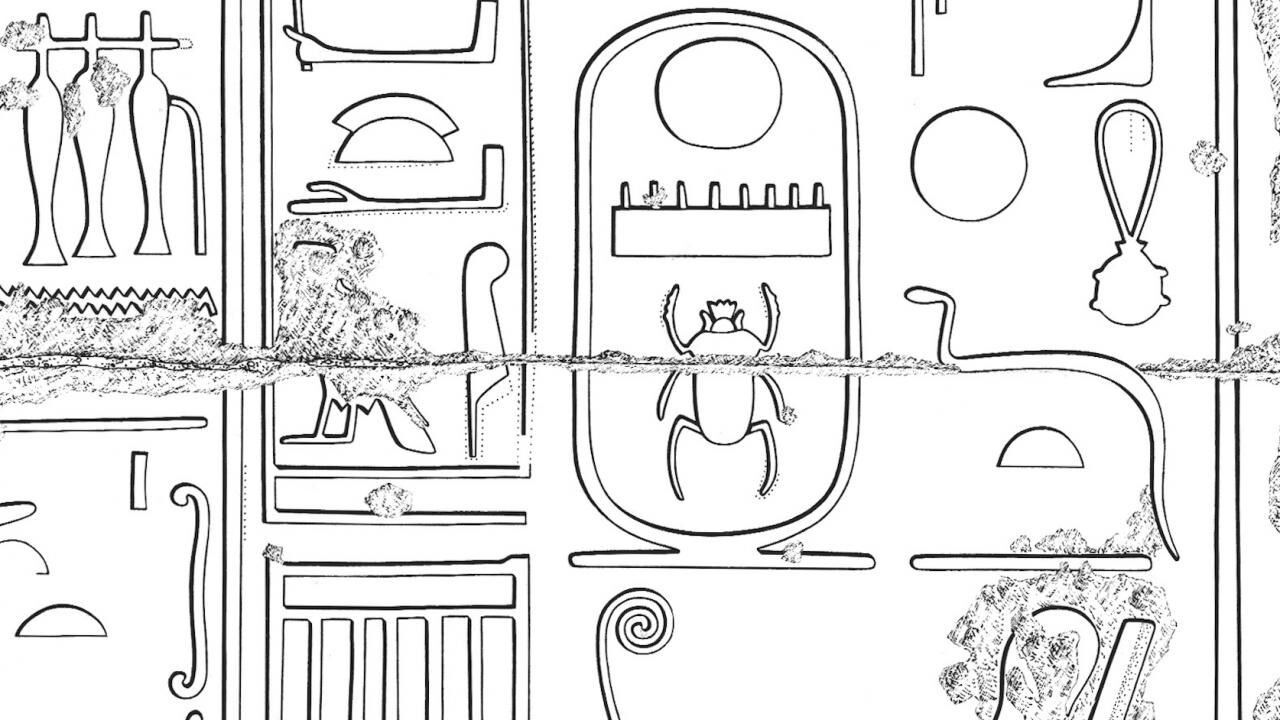
In the history of a monument, several stages of development can have occurred over time. When later buildings, walls or other edifices have been added so as to nearly obscure earlier inscriptions, it might be possible to record those carvings by employing any number of resourceful methods.
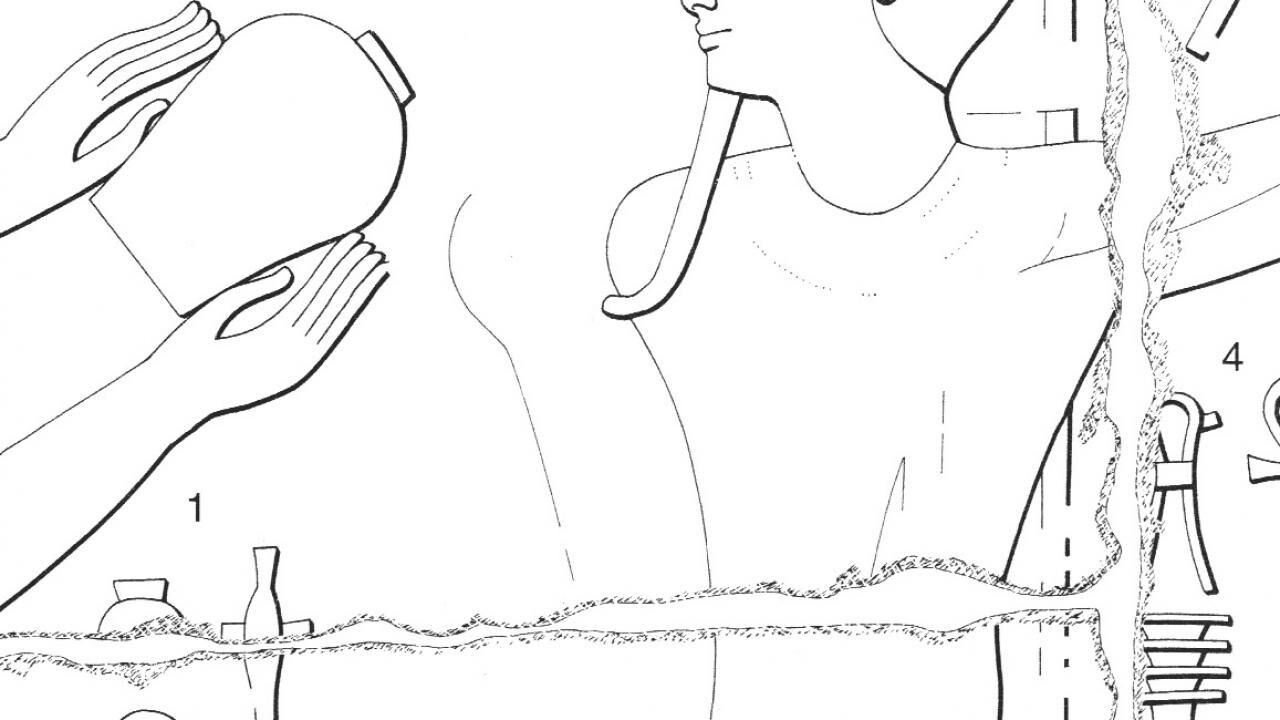
At Medinet Habu there are areas recut by Thutmose III where signs and other elements are found inside scooped-out areas where Hatshepsut's original carvings were removed, and where Atenist-hacked deities and inscriptions were smoothed back and recarved within similar depressions.
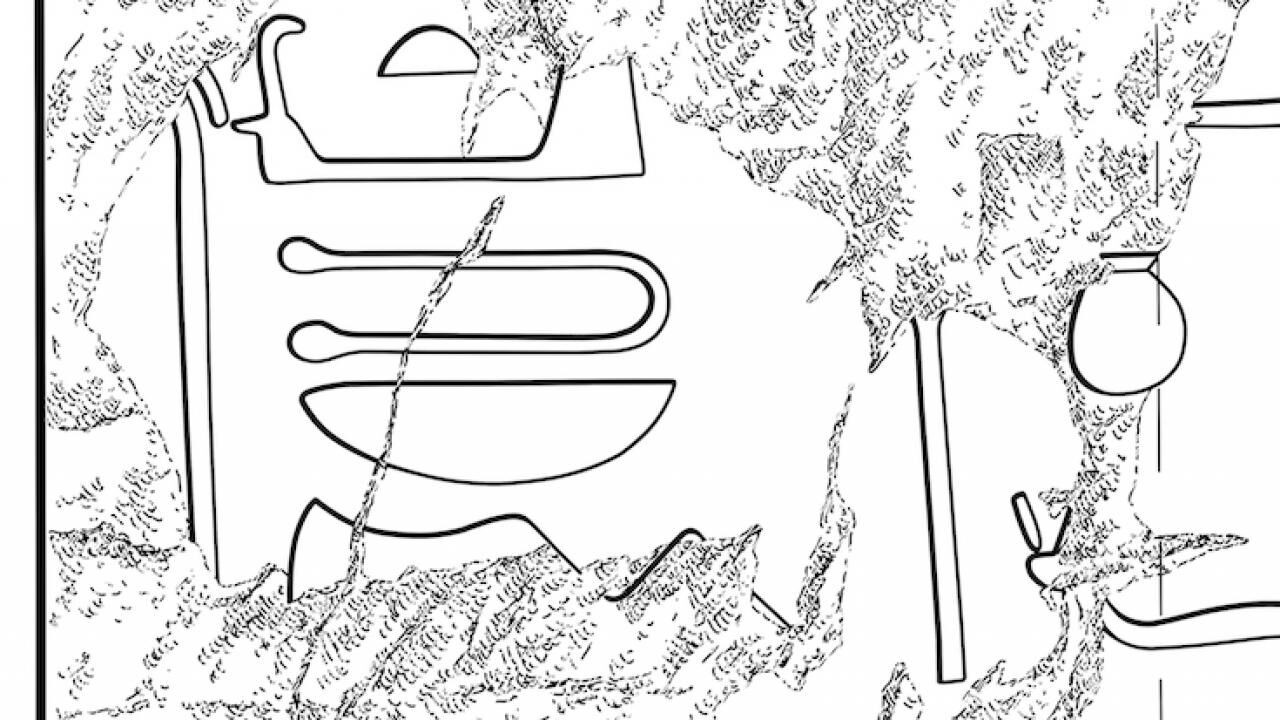
Painted details are rendered as dotted lines using a 6x0/.13 pen. Paint lines define actual edges of paint strokes or intentionally painted areas. Paint flecks or spots of any size remaining within a painted area after abrasion or erosion are not rendered.